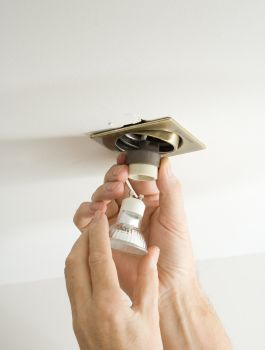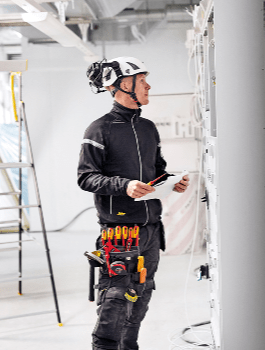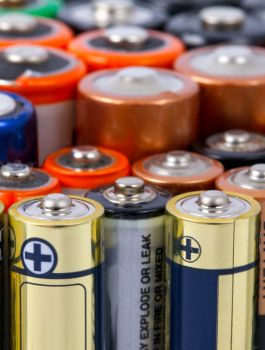With so many options available, it can be hard to choose the right style or technology of lighting appropriate for your home or commercial garden.
Fortunately; we have some things to say on the matter which should leave things clear & simple for you!
First, start with deciding on how much effort, time, and money you can afford to spend.
Like any project, it’s best to work out a plan, by getting an a4 page and drawing out a plan of your garden and putting some measurements on it which will become very useful when we discuss quantity of lights or cables lengths.

If you live in a built-up area do think about light pollution and the effect on your neighbors! For those who live in the country, you don’t have to usually think about this.
The two F’s – Functional and Feature
The placement of lighting will depend on its function and will decide cable runs.
So let’s get deciding!
There are a lot of creative ideas out there and never more living in the age of Pinterest & YouTube but generally, I like to think of it as two types of light;
Functional and Feature lighting.
Functional lighting should do as it says, light up walkways, paths and create a safe passage from one area to another.
A feature is really as far as the imagination can go! I would suggest with picking a theme and sticking with it.
For example, I’m personally not a lover of the dolly mixture of lighting. If you are going to light up your trees as a feature maybe pick half a dozen, and don’t go overboard once the function is achieved.
Functional lighting such as our Zexum Traditional Garden Lamp Post can also be feature lighting. Some functional lighting in my opinion just will never be a feature such as floodlights.
Going Solar
Generally speaking, the most cost-effective option for time and money is solar; however solar generally means less light overall. Usually, solar lights have their own little batteries which can result in a more limited time lifespan, and Solar generally is on all night, and not switchable. That is not to say it’s not beneficial and a great option for many people, but you must be aware of the caveats, and be prepared to replace from time to time. We Recommend These.
If you have decided to go with solar, you should look for lumen output, battery life, Product guarantee, Colour of lighting etc. Most solar lights need an initial 24 hour charge period and have a little discrete switch for turning them into being used. Most will have a simple circuit board which means they only come on when its dark. With your plan in hand, you should be able to get your garden kitted out pretty quickly.
Hardwired
Hardwired lighting is the traditional method which uses cables carrying your home electricity power through your consumer unit. This can be more reliable and long-term, but remember to factor in the cost it will add to your electricity bills.
Also consider whether you prefer to be able to fix hard-wired cable if there’s an issue, or whether you prefer to just throw out and replace a bad solar lamp.
Choosing the lights
Having decided on what you want the light to do and the location; now you need to pick a light! When choosing; think about lumen output and how bright you need it to be, think about the type of light – we would always suggest going for LED bulbs, being much cheaper to run and less relamping needed. Bulb selection will make a great difference to the potential ambiance in your garden – Choosing a warm white light will contrast to a colored or daylight color temp.
One other tip is to make sure your lights are over-rated for what you need them in terms of ingress protection. So if you think you need an ip54 go for 65 etc. This should help them last much longer.
Lighting Controls
How do you want to control your lights?
Usually, the main options are a switch, PIR or remote control – link to ip665g
A switch is the traditional method, tried and true. We can recommend both Indoor and Outdoor switches. However, it requires you to physically make or break the circuit at a specific point. This can be inconvenient for some, who may wish to look at other options.
PIR sensors activate when motion is detected. This can be helpful in lowering costs as the lamps operate only when somebody is there to see it. Most PIR lamps & switches offer an adjustable run timer too, so you don’t need to keep moving every couple of minutes to keep them on.
Remote control switching is very convenient, however, remotes can be lost and the technology requires a direct ‘line of sight’ between the remote and the switch box, so unless the switch is necessarily in a place that is hard to reach, we recommend a switch or sensor.
Selecting Cable
This stage of the process depends entirely on your own exact installation plan. But we recommend using This Cable Wizard to get the best & safest cable for the job.
If putting into a plastic or steel duct hituff cable is what we would recommend.
If putting directly into the ground we would recommend SWA Cable.


 Hate
Hate
 Dislike
Dislike
 Neutral
Neutral
 Like
Like
 Love
Love





















